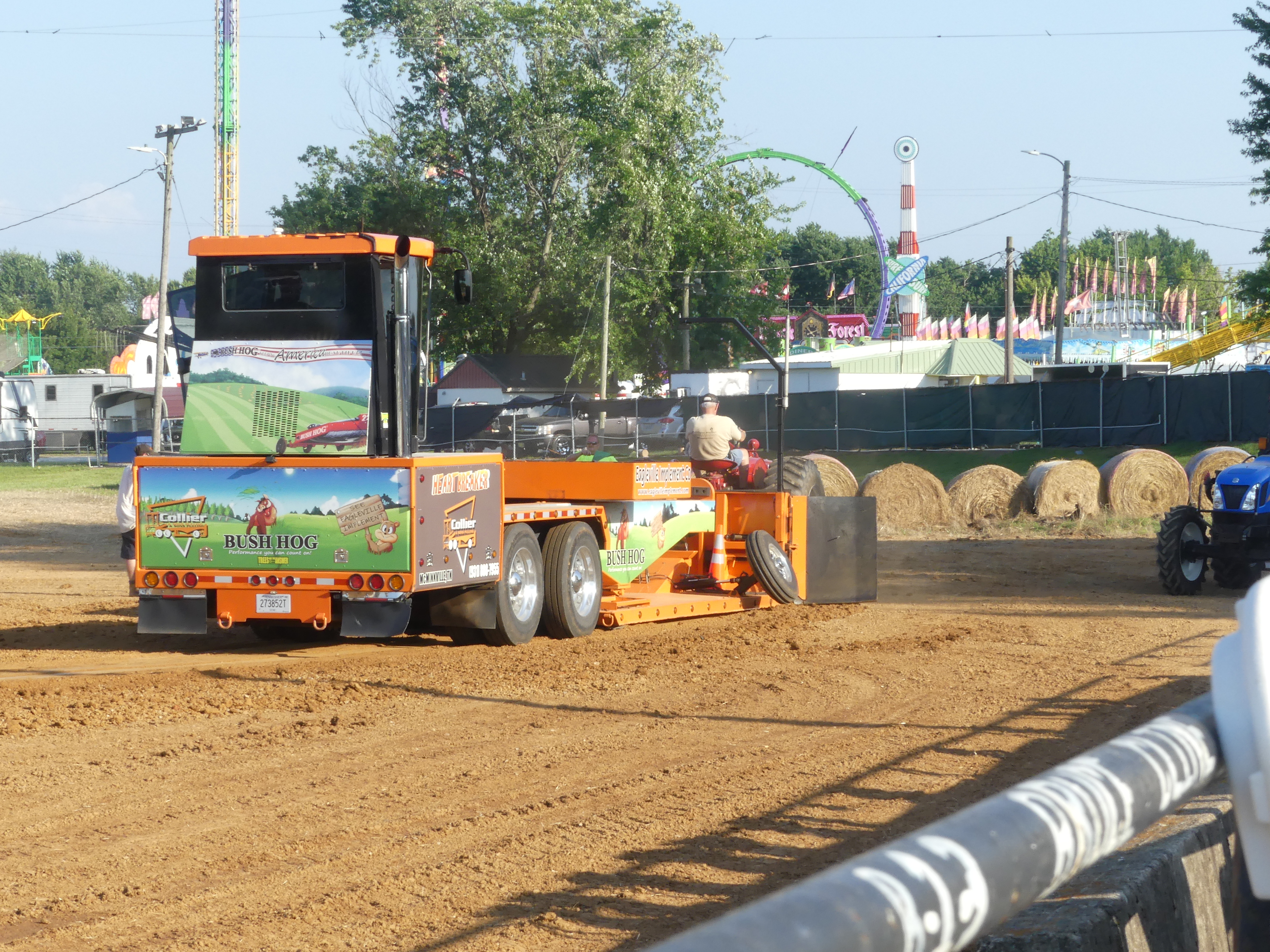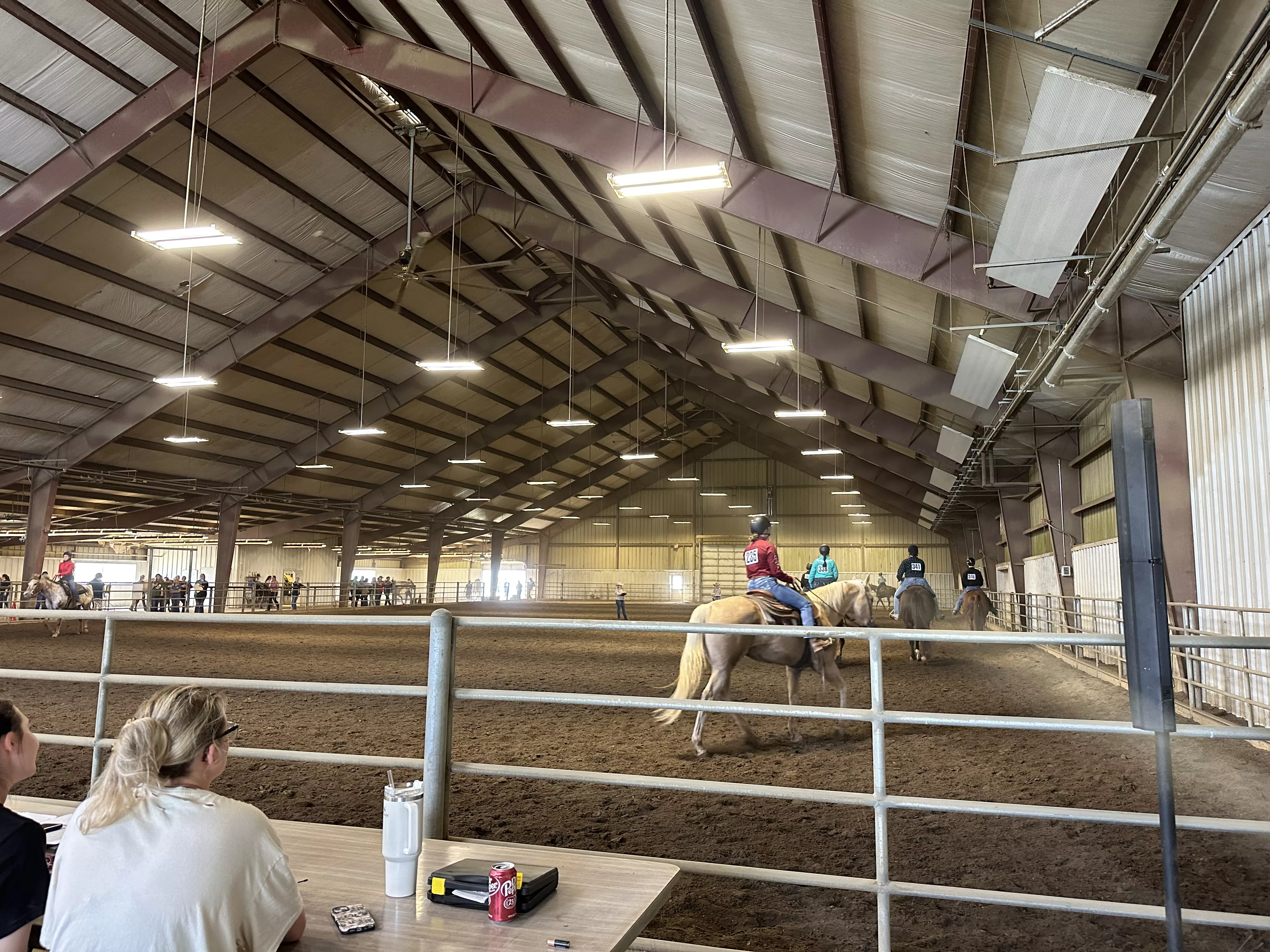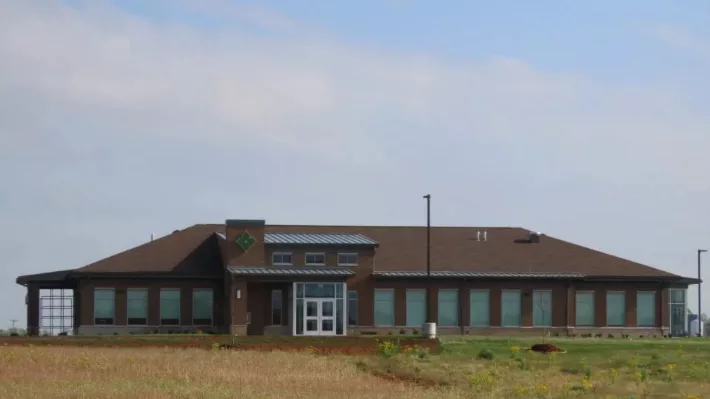Poorly blooming, crowded clumps are a signal that perennials need dividing. Rejuvenate plantings of iris, daylily, daffodil, and tulip plants by dividing them in late summer. Dividing them now will still give them an opportunity to establish roots before winter freezing and thawing of the soil may heave the plants out of the ground. Plus you will gain many new plants to increase your garden or share with others.
For bearded iris, a fan of sword-like foliage is produced on rhizomes. Rhizomes are enlarged underground horizontal stems that are located at or just below soil level. Each fan will tend to only bloom once, so new fans are needed to produce flowers. If the soil is dry, water your iris bed, including the rhizomes you want to divide, and then wait one day before digging them. This will make digging the rhizomes easier. Dig up the clump with a spading fork or shovel. Try to avoid digging or cutting into the rhizomes. Shake off the soil from the clump and wash away the soil if necessary.

Then divide the clump by using a sharp knife to cut through the rhizomes. A division could contain two or three fans, but make sure there are at least one fan and some good roots on each rhizome. Throw away old, spindly, and soft rhizomes and cut the leaves back to half or one-third of their length with sharp scissors. This reduces the surface area where water is lost. Cut back damaged roots also.
Prepare the soil in the new bed by tilling and incorporating organic matter. Bearded iris grows best in full sun and well drained soil. When ready to plant, dig two shallow holes, leaving a dividing ridge in the center; place the rhizome directly over the center of the ridge, spread the roots to either side, and cover with soil. The upper surface of the rhizome should be at or near ground level. Then water the rhizomes thoroughly.
Individual rhizomes can be planted in groupings. The spacing between individual rhizomes should be about 8 to 12 inches apart. Usually three are used to start a new clump. Arrange the group of three in a triangle. Two rhizomes should be planted with the fan of leaves facing out so new growth will develop outward. The third one is placed with the fan of leaves pointed into the space between the other two rhizomes so that it will fill into the center of the triangle. The clumps of three should be spaced about 18 to 24 inches apart.
Daylilies may become overgrown after five or six years and often the clump begins to produce fewer flowers. Dividing daylilies into fans can rejuvenate them. A fan is a small plant, which is made up of fibrous roots, a growing point called a crown, and leaves. Each fan can produce another fan.
To divide daylilies, loosen the clump around the outside with a spading fork, going down into the soil about 12 inches deep, and lift out the clump. The spading fork helps to avoid cutting into the fibrous roots. Next, shake the soil loose or wash the soil away. Cut the foliage back to about 6 inches in length to help reduce water stress after they are planted. Begin to separate the mass by pulling or cutting apart sections into smaller pieces. Discard older woody fans.
Pieces with three to four fans of foliage with strong roots quickly make a nice display in the garden. Pieces with one or two fans and good roots planted back into the garden will take longer to make a display, but it will also take longer before it needs to be divided again. Daylilies prefer full sun and well drained soil. They will grow in partial shade but produce fewer flowers. The fan should be planted at the depth it was originally in the soil. Cover the roots with soil and water the plants thoroughly.
Spring flowering bulbs such as daffodils and tulips are a challenge to dig now because the foliage has already died. When digging for the bulbs, start out far enough away from the bulbs to try to avoid cutting into them. Then remove the soil from the bulbs gently making sure you leave the papery, brown covering over the bulbs to prevent them from drying out. Small attached bulbs, or bulblets, can be separated but it will take several years before they flower.
After dividing the bulbs, you can plant them right away. If you cannot plant them immediately, the bulbs can be allowed to dry in a garage or building with good air circulation for one or two weeks. Then plant the bulbs in early fall.
— Kelly Jackson, Christian County Extension Agent








